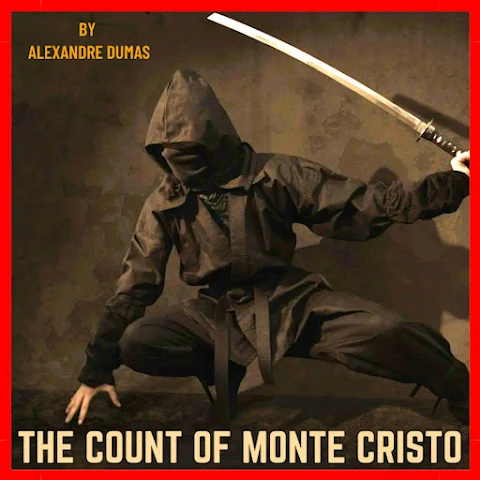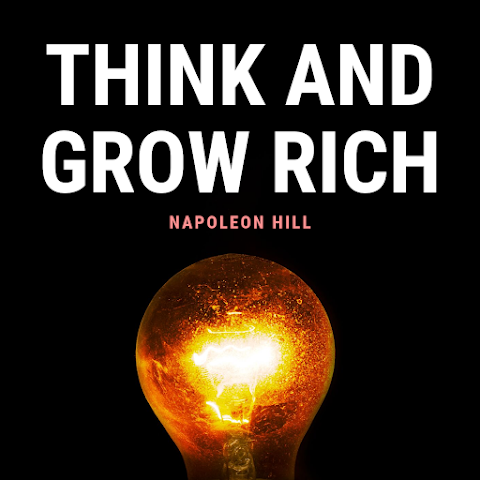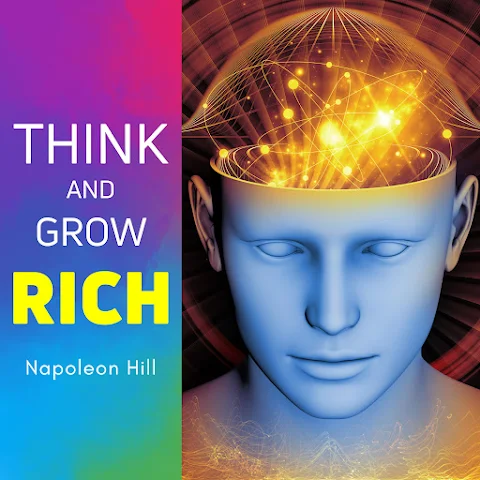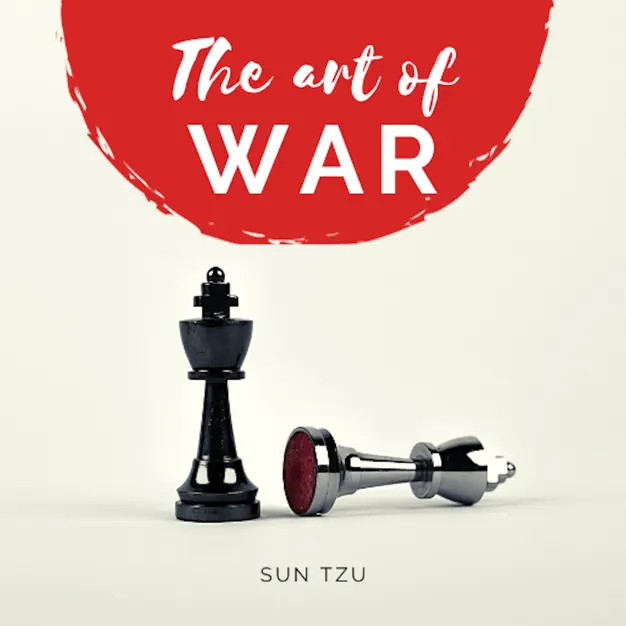The Count of Monte Cristo is rich with symbolic elements that enhance its themes of transformation, justice, and redemption. From the dark depths of Château d'If to the glittering treasures of Monte Cristo, every symbol carries deep meaning.
Listen to the Cave Discovery Scene:
Listen on SpotifyKey Symbols: The Foundation of Meaning
Château d'If: Prison and Transformation
The Château d'If serves as perhaps the most powerful symbol in the entire novel. This forbidding prison fortress represents not only physical confinement but also the death of Edmond Dantès' innocent self and his rebirth as the Count of Monte Cristo. The harsh conditions and isolation of the prison become a crucible for transformation, where the young sailor's naïveté is burned away, replaced by the calculating wisdom of his new identity.
What makes the Château d'If particularly fascinating is how it functions on multiple symbolic levels:
- Physical Imprisonment
- The literal confinement of Dantès
- The crushing weight of injustice
- The separation from the outside world
- The test of human endurance
- Spiritual Transformation
- The death of innocence
- The forge of character
- The school of wisdom
- The birthplace of vengeance
The Treasure: Power and Providence
The treasure of Monte Cristo represents far more than mere material wealth. It symbolizes divine providence and the power to enact change in the world. The way Dantès discovers and utilizes this treasure demonstrates how material resources can be transformed into instruments of both justice and vengeance.
The symbolic aspects of the treasure include:
- Divine Providence
- Reward for suffering
- Tool of destiny
- Symbol of justice
- Means of transformation
- Worldly Power
- Social influence
- Freedom of action
- Ability to shape events
- Control over destiny
The Sea: Freedom and Fate
Throughout the novel, the sea serves as a powerful symbol of freedom, transformation, and the unpredictable nature of fate. As a sailor, Dantès' initial connection to the sea represents his early freedom and innocence. Later, the sea becomes both his prison and his path to freedom, highlighting its dual nature as a symbol.
The sea's symbolic significance manifests in several ways:
- Natural Forces
- Unpredictability of life
- Power of nature
- Cycles of change
- Connection to destiny
- Personal Journey
- Path to freedom
- Route to transformation
- Connection to past life
- Symbol of possibility
Complex Symbolic Elements
The Count's Disguises: Masks of Identity
The various disguises worn by the Count represent more than mere practical deceptions. Each persona he adopts carries its own symbolic weight and significance:
- Identity Transformation
- Lord Wilmore - The English nobleman
- Abbé Busoni - The religious authority
- Sinbad the Sailor - The mysterious traveler
- The Count himself - The avenging angel
- Symbolic Meanings
- Multiple facets of personality
- Adaptability and control
- Power of transformation
- Complexity of identity
The Poison and Elixir: Life and Death
The contrast between poison and healing elixirs in the novel serves as a powerful symbol of the fine line between life and death, justice and vengeance:
- Dual Nature
- Healing versus harm
- Justice versus revenge
- Power over life and death
- Knowledge as both blessing and curse
The Secret Garden: Paradise and Prison
The garden spaces in the novel, particularly those associated with the Count's various residences, carry rich symbolic meaning:
- Symbolic Aspects
- Controlled nature versus wilderness
- Paradise versus prison
- Public facade versus private reality
- Growth and cultivation of plans
The Ring: Connection and Commitment
The ring given by Abbé Faria serves as a powerful symbol of knowledge, connection, and transformation:
- Symbolic Significance
- Bond between mentor and student
- Key to knowledge and power
- Link between past and future
- Symbol of inheritance and legacy



